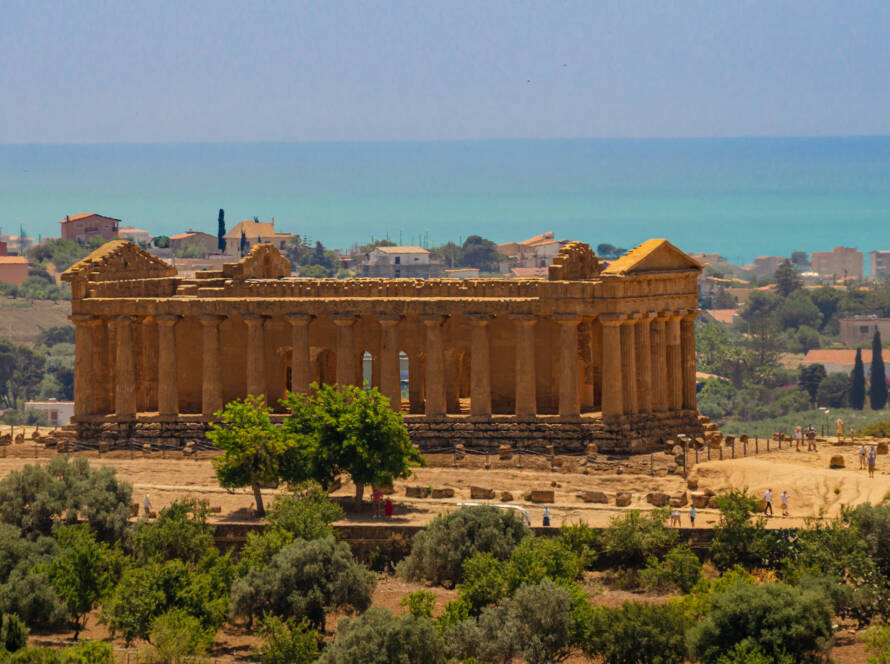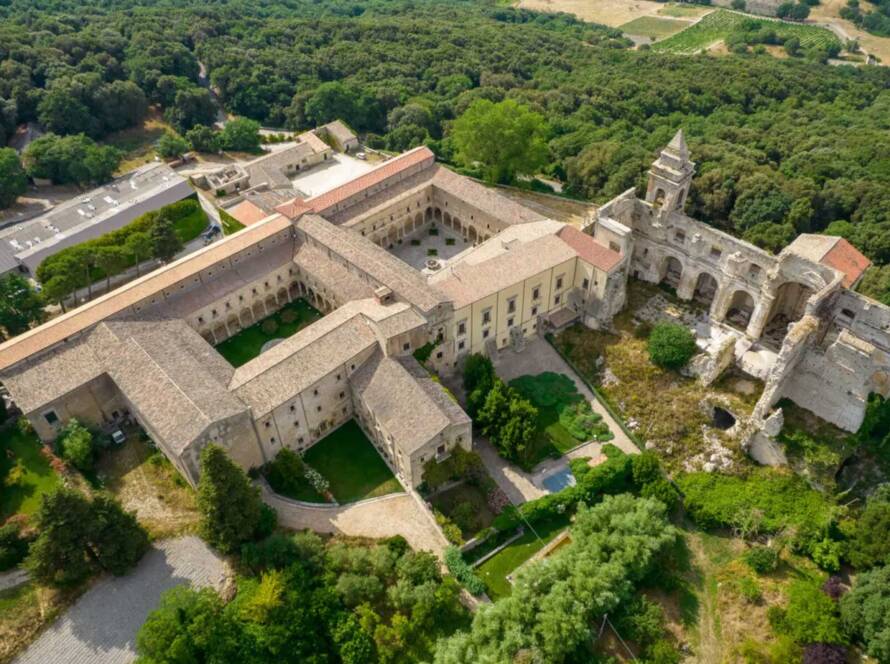Date
planning
Departures and stops
Gratteri
Duration
one day
Cost
to define
A journey to discover Sicily’s most famous archaeological parks.
This tour of the parks of Himera and Solunto will take you on a discovery of the archaeological wonders that characterise the Sicilian territory, taking you on a journey back in time to encounter the cultural heritage left on the region by the Greeks and Phoenicians.
Details of the program:
Departure from at: planning
Lunch: planning
Return at: planning
The tour includes:
The first stop on our tour will take place at the Himera Archaeological Park along the northern coast of Sicily, representing the ancient Greek colony of Himera. The city was founded in 648 B.C. and was an important political, commercial and cultural centre for ancient Sicily and during the visit you will be amazed at the impressive ruins of the city, which testify to its grandeur and power. The site was identified in the 16th century but archaeological exploration only began between 1926 and 1930, where the very important Temple of Victory was discovered by Pirro Marconi, which is one of the best examples of Doric architecture in Sicily. The area of the Temple of Victory and the area of the upper town, where the sanctuary of Athena also stood, are currently open to the public and give visitors an accurate picture of the main aspects of Archaic and Classical Greece, as well as the urban layout of the colony and the living culture.
The second stop on the tour will be the Archaeological Park of Solunto, another archaeological jewel of the Sicilian territory, which will take you back to the time of the Phoenicians who founded the ancient city, which was later occupied by the Greeks and the Romans, resulting in an interesting fusion of architectural and cultural styles. The area echoes the Phoenician urban model that favoured promontories and islets jutting out on the coast, although today the area only includes the Roman-era settlement that was re-founded after the destruction of the 4th century B.C.; the public area is preceded by a sacred building and the agora is enclosed on three sides by a portico, while a thermal building stands to the east. A gem of the area are the theatre and the gymnasium with a breathtaking view of the sea. The necropolis is located outside the area, to the north, in an area near contrada Campofranco and comprises 220 burials that were accessed via a stepped corridor.
Exploring these ancient cities, you will witness a glorious past and cannot resist being fascinated by the majesty of their ruins.




